zyrtec and benadryl together
 Can You Take Benadryl With Zyrtec?
Can You Take Benadryl With Zyrtec?For poison control help, call 1-800-222-1222 Silence Silence Silence Silence Silence Silence Antihistamines: Using them safely Bottom Line antihistamines are medications to treat allergic reactions to pollen, dust, pet dindro, food and drugs. Antihistamines are found in many different forms for children and adults: liquids, tablets, creams, nasal sprays and eye drops. Finding the best antihistamine for your symptoms may take a while. In the meantime, never take too much! Full History Are you one of the 50 million people in the United States with allergies? Are you suffering from cough, sneezing, itching and watery eyes, a wrinkled nose and a spidered throat? If so, you can take antihistamines to treat your symptoms. Allergens are things you're allergic to. Examples are pollen, dust, pet dindro, even food or drugs. When an allergen enters your body, your body releases histamine. Histamine causes family symptoms of allergies. Antihistamines relieve symptoms by blocking histamine. There are many different antihistamines available. Fill the counters and prescription shelves in your local pharmacy. The new ones seem to show up all the time. Antihistamines are found in many different forms for children and adults: liquids, tablets, creams, nasal sprays and eye drops. There are two kinds of antihistamines. They work in different ways and have different side effects. Some antihistamines may work better than others for your symptoms. It can be hard to find the one that works well. If you are desperate (and still cough and sneeze and itching), you can be tempted to take too much. But it can be dangerous to take extra antihistamines. It's no better. Antihistamines are safe when used as indicated. Otherwise, there may be problems: Follow these guidelines when using antihistamines. Aren't you sure what antihistamine is best for you? For your son? Call your doctor or pediatrician. If you took too much, or gave too much to your child, use the online tool for the guide or call the Poison Control immediately at 1-800-222-1222. If you use the tool or call online, you will be able to determine whether treatment is needed. Serkalem Mekonnen, RN, BSN, MPH Certified Poison Information Specialist For more information (AAP)References Poisoned? Call 1-800-222-1222 or Preventive TipsFollow these guidelines when using antihistamines. This really happenedCase 1: A 22-pound 13-month-old boy was discovered by his mother playing with an empty bottle of Unisom® gelcaps (diphenhydramine 25 mg). It was estimated that about 20 gelcaps (1,000 mg of diphenhydramine) were missing, an extremely toxic amount even for a large adult. The child had a seizure at home before the emergency medical services arrived. He had three more seizures on his way to the hospital and he was given intramuscular sedation by EMS. The child arrived in the emergency room within 45 minutes after being found with the bottle. Shortly after his arrival in the emergency room he was seized again and he was given intravenous sedation, which ended with seizure, and seemed to be stable. The child was admitted to the pediatric ICU for observation. About 3.5 hours after being found with the bottle of the medication, he began to have frequent seizures and developed a very fast heart rate and abnormal heart rate. His blood pressure fell and had a high fever. A tube was placed to help him breathe. Many different medicines were given, but it continued to worsen despite medical treatment, 11 hours after swallowing diphenhydramine. Due to the experience of the hospital in particular treating an adult patient with an overdose of diphenhydramine with hemodialysis (blood flows through a special filter that eliminates poisons, and clean blood is returned to the body), a team of doctors, including a toxicologist, decided that hemodialysis was a reasonable option to save lives for this young child. He underwent two hemodialysis treatments. After the first, their seizures and abnormal heart rate were resolved, although their heart rate was still slightly fast. After a second hemodialysis treatment, he was stable. The respiratory tube was removed, and was able to leave the sedation and the medications that had been supporting your blood pressure. The child was transferred to a regular medical floor on hospital day 3. He was discharged to home without any further problems on hospital day 4. Reference: Case 2: Both the mother and father of a young child gave him a teaspoon of Benadryl for children within twenty minutes of each other. Although the total dose of diphenhydramine of 25 mg was more than it needed for its allergies, it was not enough to cause a serious problem based on its age and weight. Poison control recommended giving you fluids to drink and observe at home. The kid was fine. Case 3: A hydroxyzine adult male (Atarax®), an antihistamine that causes drowsiness, was prescribed to help him sleep. It took twice the dose recommended by your doctor due to sleep problems. Instead of being sleepy, I was restless. He called Poison Control in the middle of the night and was advised that antihistamines may sometimes cause restlessness rather than drowsiness, especially at higher doses. Poison control recommended that you talk to your doctor about an alternative sleeping medicine. Points of interest: © 2012- var today = new date(); var year = today.getFullYear(); document.write(year); NCPC
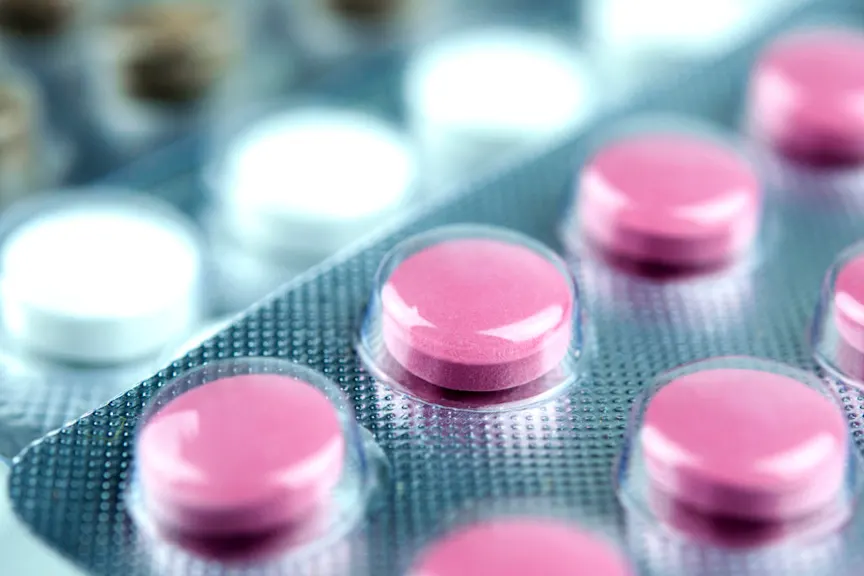
Can I Take Benadryl and Zyrtec at the Same Time?

Can You Take Benadryl And Zyrtec Together?
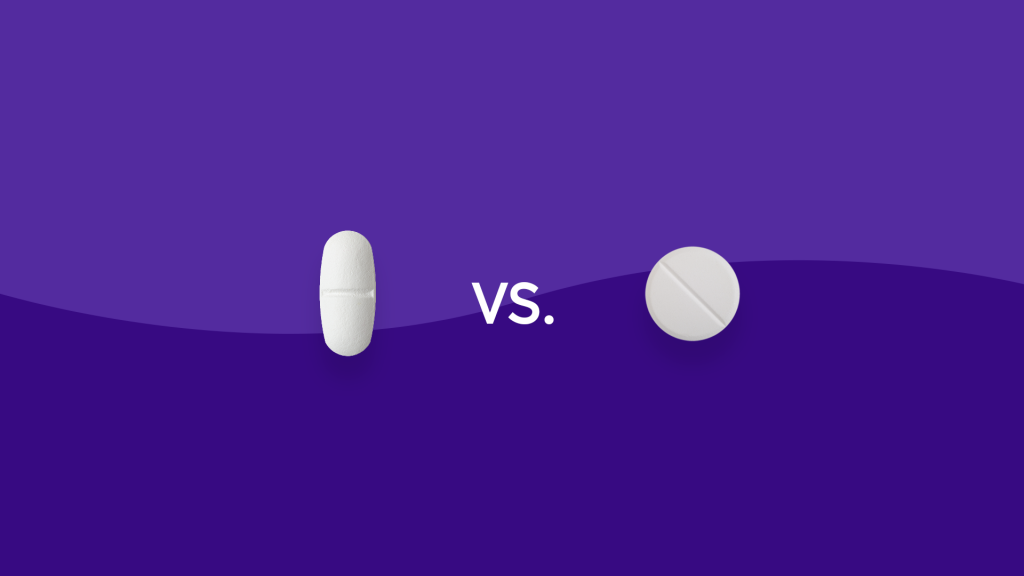
Zyrtec vs. Benadryl: Differences, similarities, and which is better for you
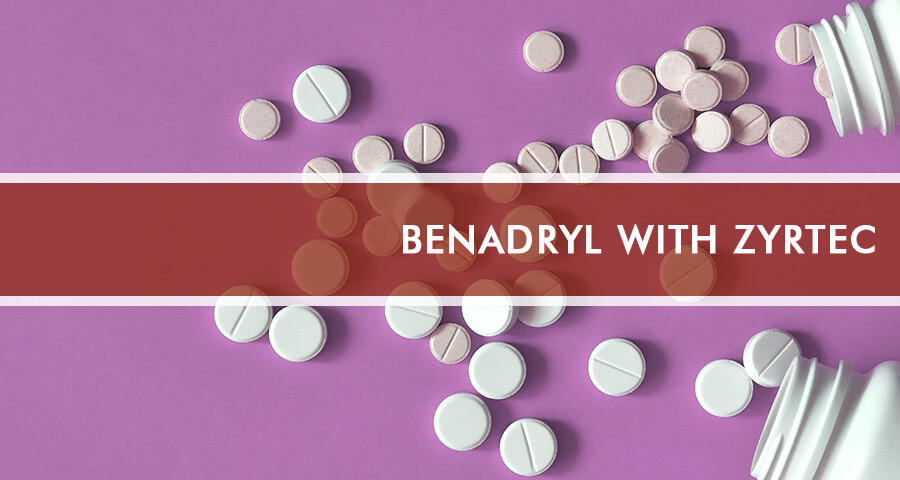
Benadryl And Zyrtec: Is It Safe To Combine Substances?
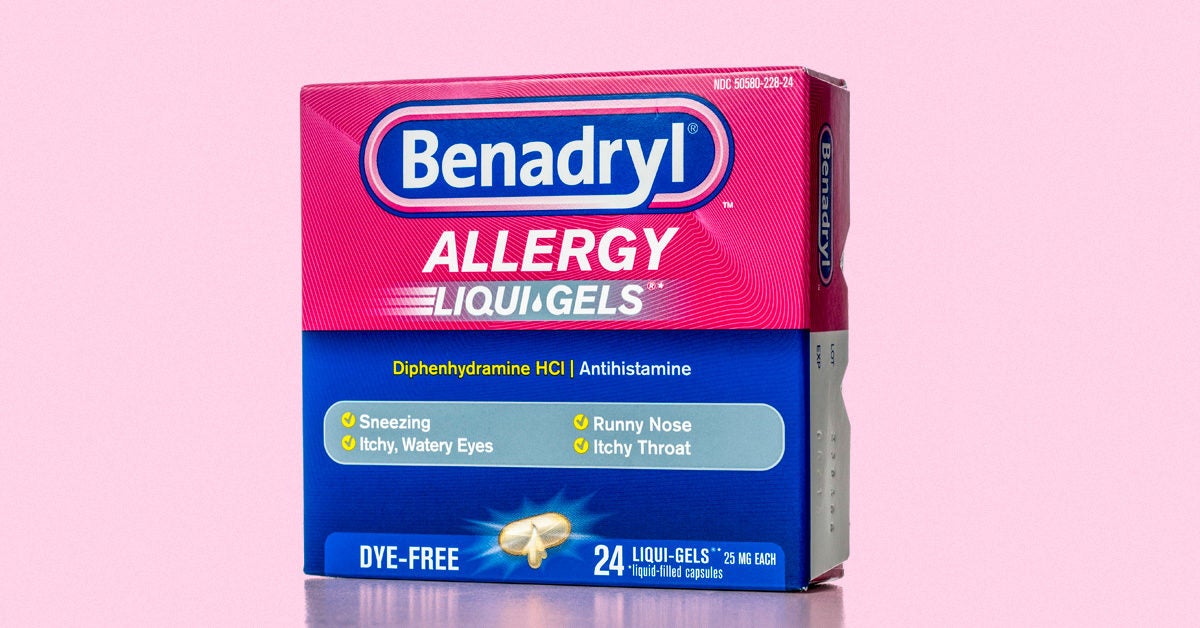
Benadryl and Alcohol: The Dangers of Mixing Them
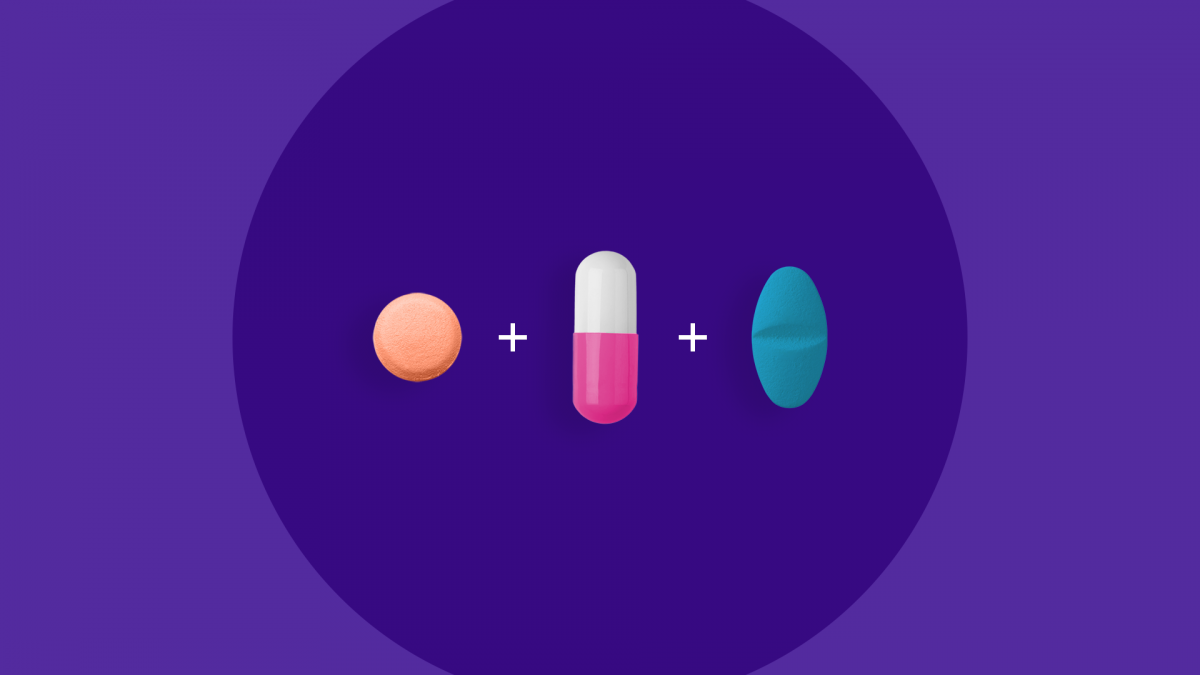
Can you take Benadryl with Claritin? Questions about mixing allergy meds
/1682743-57a6a3db5f9b58974aa3cfd2.jpg)
Antihistamines and How They're Used
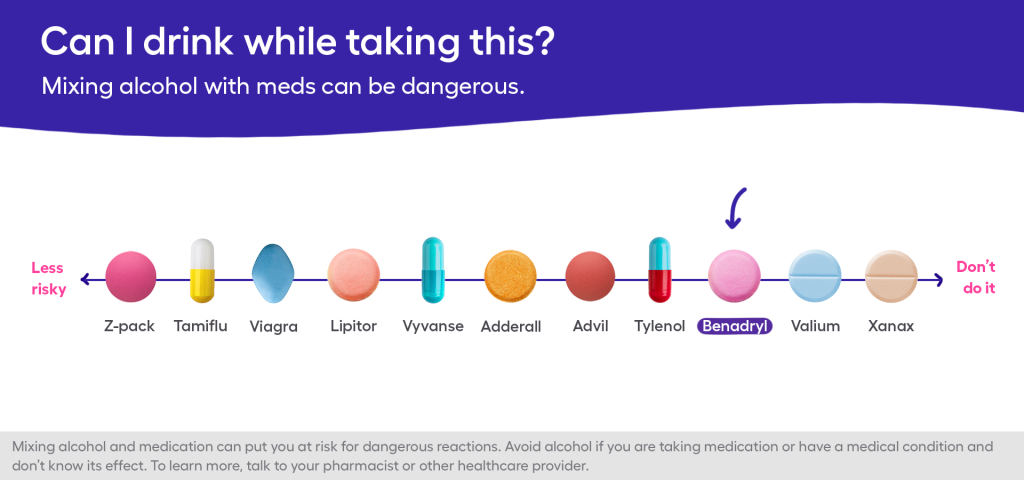
Allergy medicine and alcohol: Are they a safe combination?
Difference Between Antihistamine and Decongestant | Difference Between
What allergy medicine should I take? Know the differences

Zyrtec vs. Claritin: What is the best antihistamine for allergies?
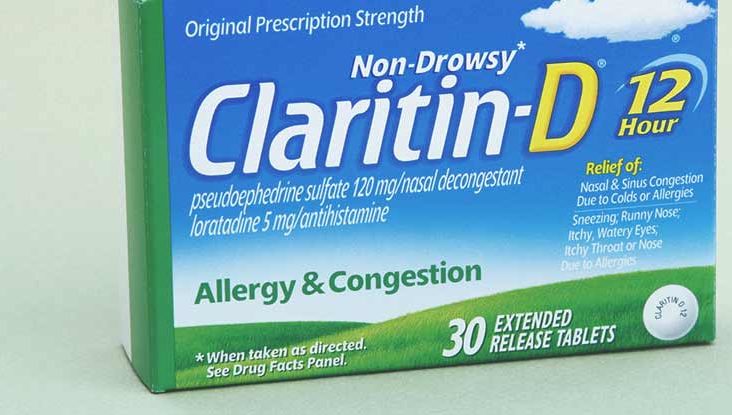
Zyrtec for Kids: Safety Information and Side Effects
:max_bytes(150000):strip_icc()/pink-25mg-diphenhydramine-antihistamine-pills-from-medicine-bottle-763164373-c71d93d4d1bc4086a74adefa087cf03f.jpg)
Antihistamines and Asthma: Uses and Precautions
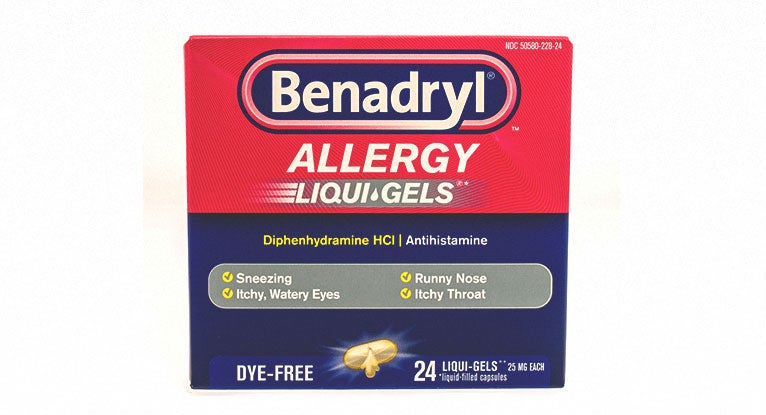
Benadryl and Breastfeeding: Is It Safe?
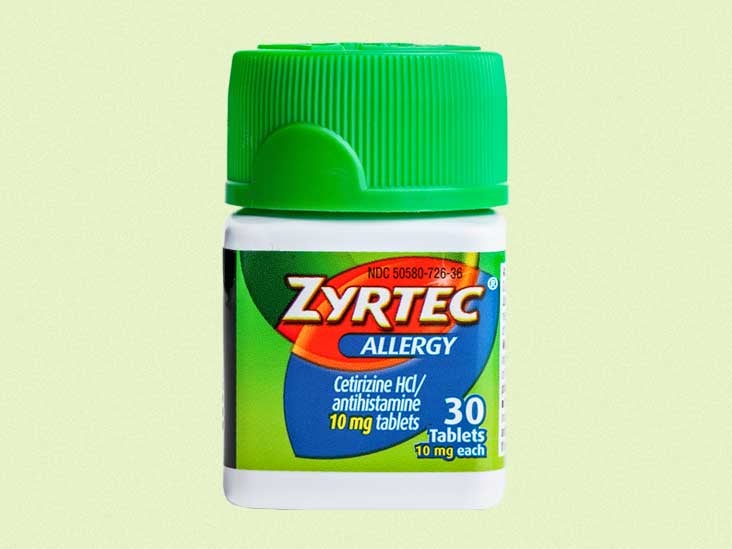
Zyrtec for Kids: Safety Information and Side Effects
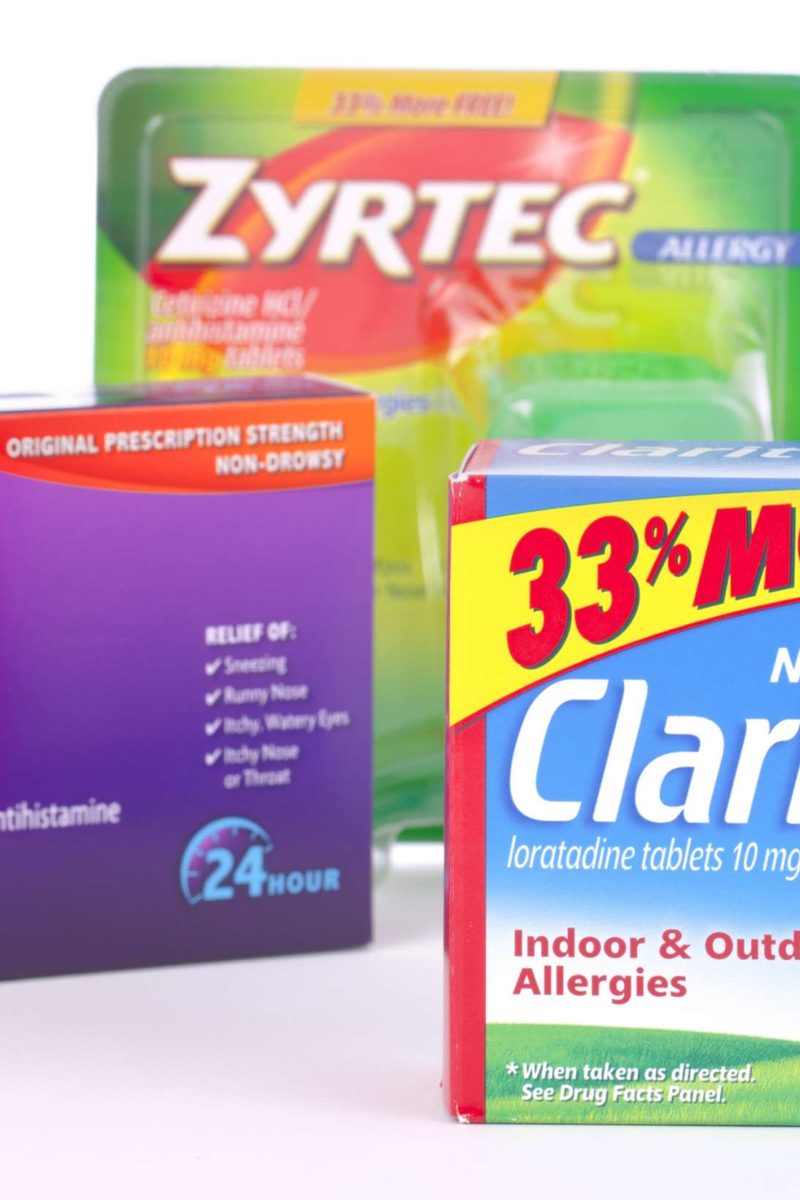
Zyrtec vs. Claritin: What is the best antihistamine for allergies?

Antihistamine overdose: Symptoms and what to do
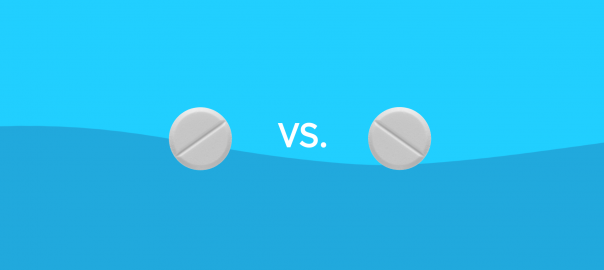
Zyrtec vs Claritin: Differences, similarities, and which one is better for you

Zyrtec for Dogs: Don't Make This Silly Mistake | Honest Paws
.jpg)
Global Misuse Of Antihistamines And Dangers Of Long Term Usage - Thailand Medical News
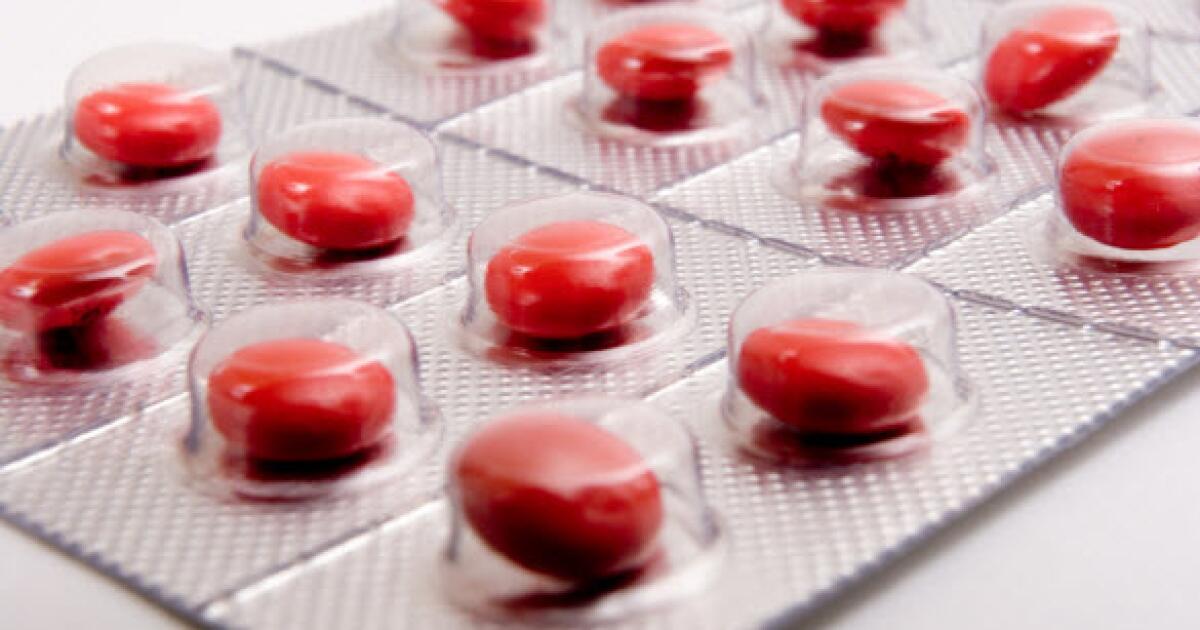
Take Care with Antihistamines and Kids
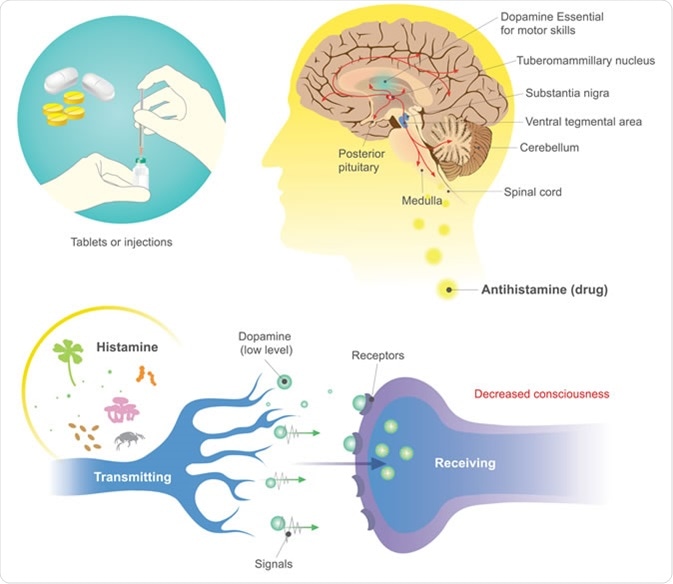
Antihistamine Side Effects: When to Stop Taking Allergy Medication
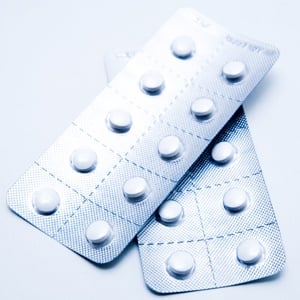
5 things to know before taking an antihistamine | Health24
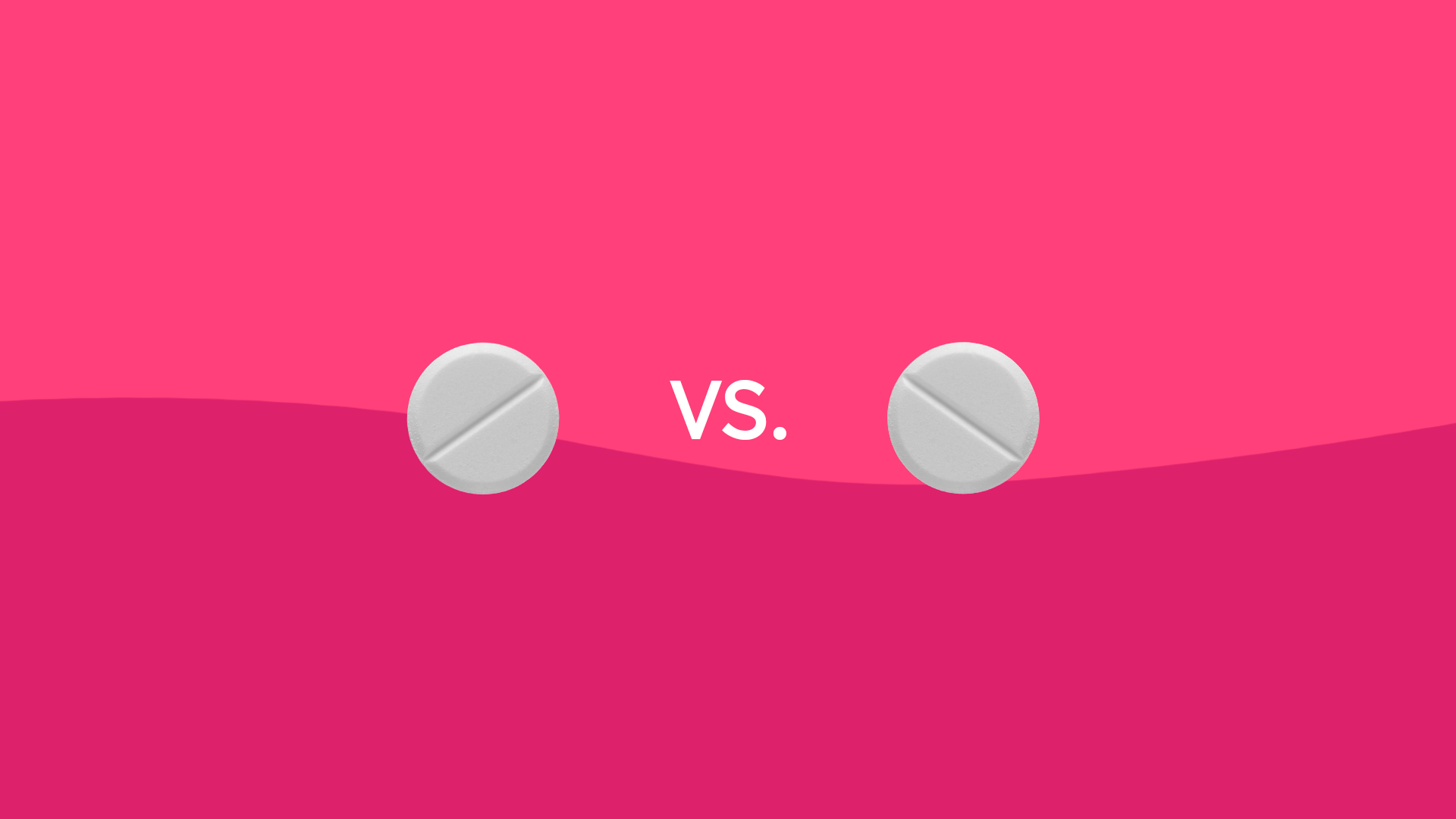
Benadryl vs. Claritin: Differences, similarities, and which is better for you

Hayfever Antihistamine Tablets | Zyrtec Australia
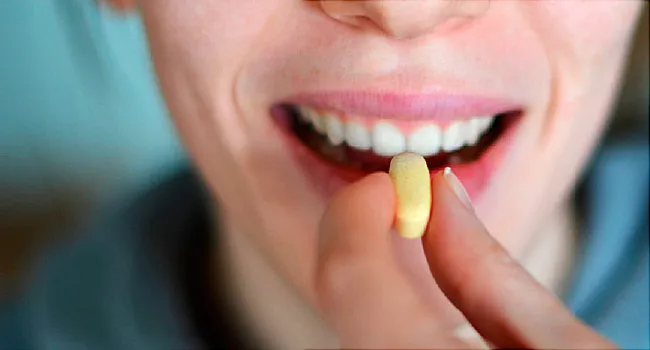
Antihistamine Medications: What's Available and Side Effects

Zyrtec, Xyzal & Antihistamines: Do They Increase Coronavirus Risk? – Curist

How Antihistamines May Help Take the Itch Out of Eczema | Everyday Health

Benadryl And Zyrtec At The Same Time
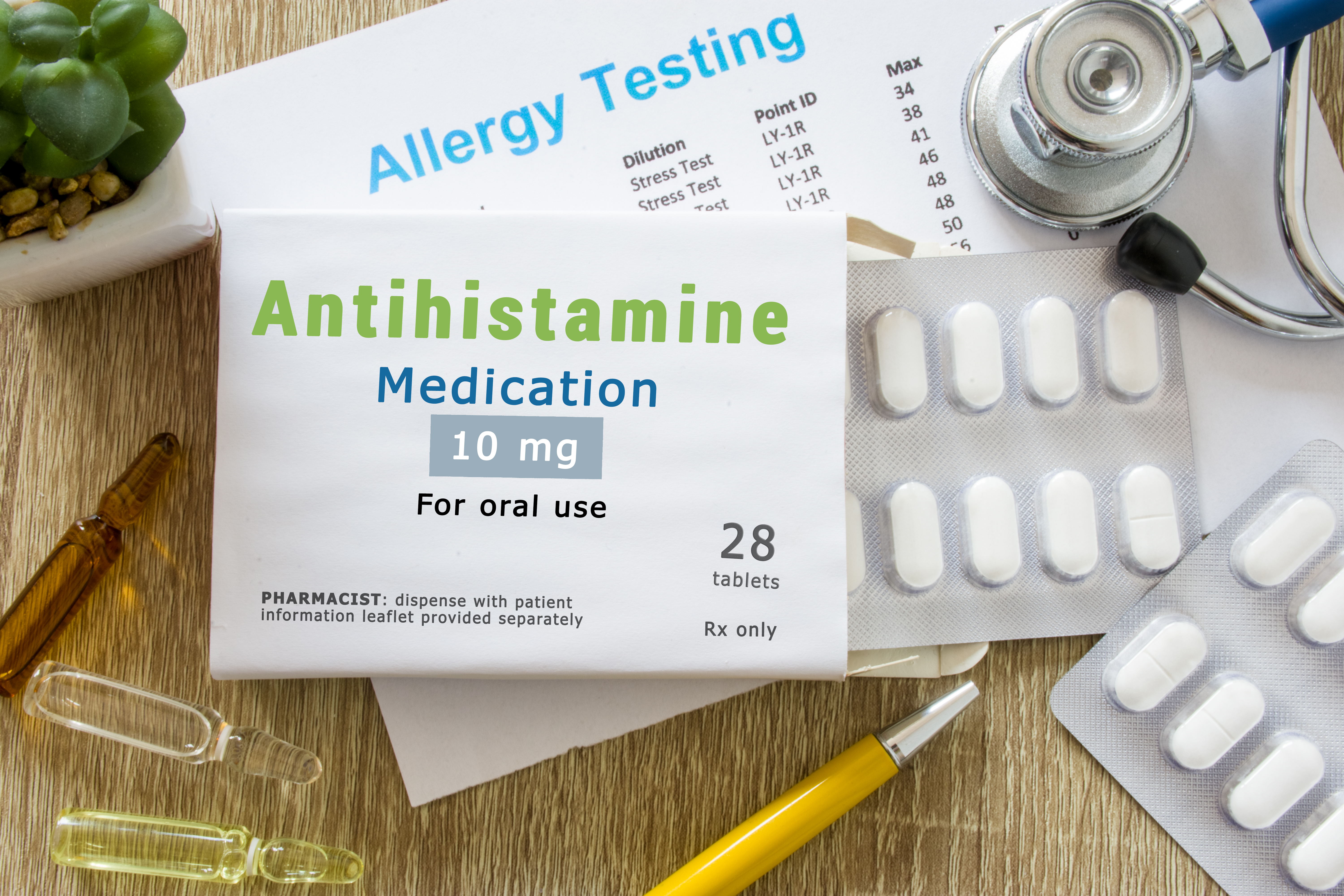
Antihistamines: What's available and what are the side effects?
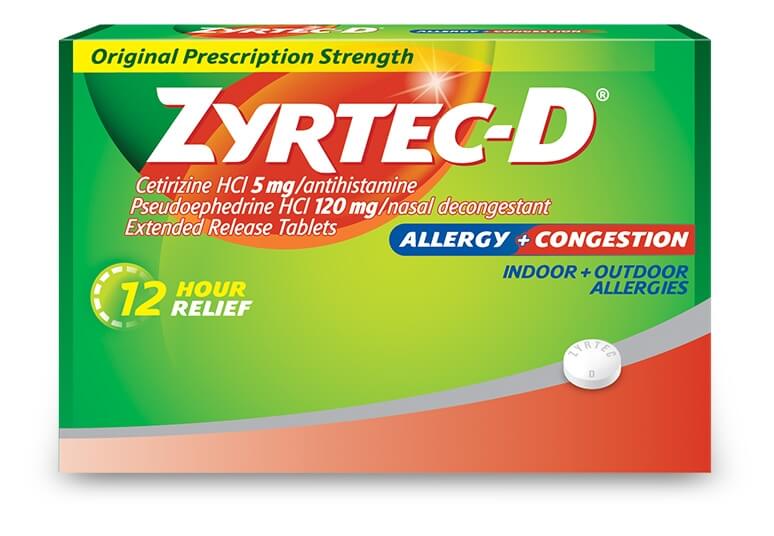
ZYRTEC-D® Allergy Treatment & Decongestant | ZYRTEC®
/does-singulair-differ-from-antihistamine-for-allergies-82878-5c77344c46e0fb00019b8d33.png)
Should You Use Singulair for Allergies?
.jpeg)
COVID-19 Treatments: Study Shows Using Dual Antihistamines Such As Cetirizine And Famotidine Helps Pulmonary Symptoms In COVID-19 Patients - Thailand Medical News

Claritin® Tablets 24-Hour - Relieve Allergy Symptoms
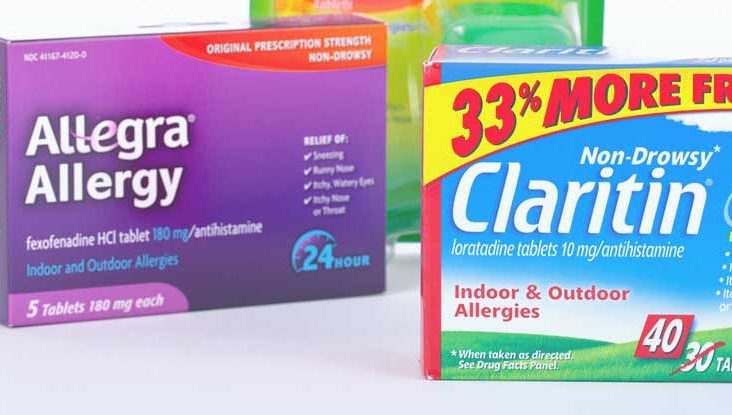
Over-the-Counter Antihistamines: Brands and Side Effects
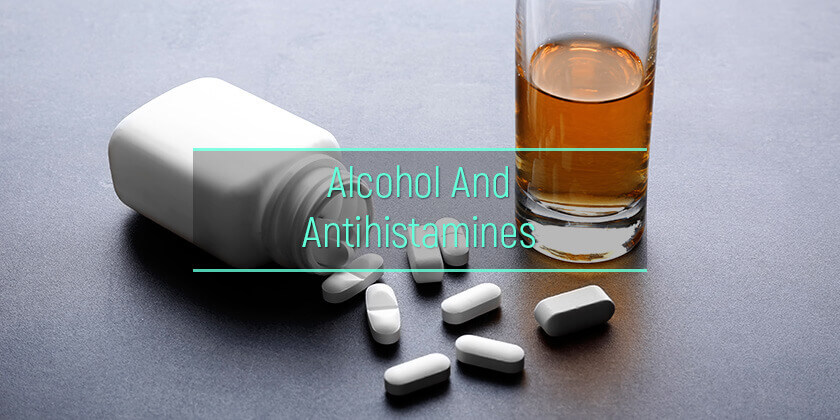
Antihistamines And Alcohol Consumed Together: Dangers And Effects

PDF) DRUG INTERACTIONS WITH ANTIHISTAMINIC DRUGS

Can You Take Benadryl 12 Hours After Zyrtec?
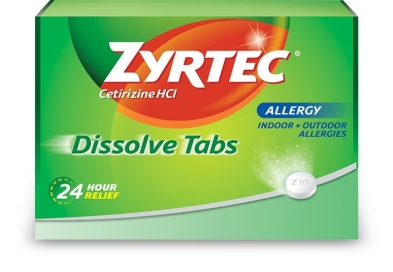
Frequently Asked Questions | ZYRTEC®
Posting Komentar untuk "zyrtec and benadryl together"